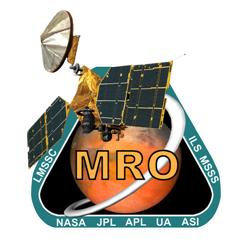Mars Reconnaissance Orbiter | Imaging Mars From Above
Bringing The Red Planet In Focus
The Mars Reconnaissance Orbiter (MRO) has been designed to carry out reconnaissance and exploration of Mars from orbit with instruments such as cameras, spectrometers and radar. The high-resolution images are revealing amazing landforms and discoveries while identifying landing sites for future spacecraft and performing valuable data relay services.
MRO Mission Fast Summary Facts
- Type: Orbiter
- Destination: Mars
- Status: Active (2006 - )
- Launch Location: Cape Canaveral, Florida
- Launch Date: August 12th 2005
- Arrival Date: March 10th 2006
- Mission Duration: 7 month cruise, at Mars since 2006
Cool Fun Facts All About NASA’s MRO!
- The MRO is a relatively large spacecraft that dwarfs the other Mars probes as it measures 6.5 m (21 feet) high with a width of 13.6 m (45 feet) and includes a large 3 m (10 feet) wide radio antenna dish!
- The total cost to build the MRO spacecraft was estimated to be around $720 million USD.
- At launch, MRO weighed 2,180 kilograms (4,806 lb) (50% being onboard propellant) and was launched aboard the Atlas V rocket.
- The probe utilizes solar panels for power generation.
- The primary science objective of MRO is to image (utilizing its powerful HiRISE telescopic camera) Mars at high resolution to look for evidence of water features and track changes to the surface environment.
- During MRO’s cruise from Earth to Mars the spacecraft covered 500 million kilometers, but it has flown double that while carrying out its orbital mission around Mars!
- To help circularize MRO orbit, the spacecraft used aerobraking, which is where the probe dips into the thin upper atmosphere to slightly slow the spacecraft via friction which preserves nearly 500 kgs of rocket propellant.
- The MRO is a productive workhorse as it has sent back to Earth more data than the combined amount from all prior interplanetary missions combined!
- MRO orbits Mars about 12 times a day at an altitude ranging from 255 - 320 kilometers (160 - 200 miles) on a near-polar alignment (93°) to maximize coverage of the planet.
- The orbiter has completed over 55,000 orbits of Mars, providing images covering over 99% of its surface! Wow that’s incredible!
- The spacecrafts images have revealed many cool and mind-blowing images of the polar icecaps, gullies, volcanoes as well as dynamic features such as landslides, dust storms, CO2 geysers, new impact craters and even possible summertime liquid water streaks!
- MRO also provides communication relay back to Earth for missions on the surface of Mars while also evaluating candidate landing sites for future Martian missions.
- The MRO has enough propellant onboard to keep operating into the 2030’s so workhorse will keep on breaking records for sometime yet!

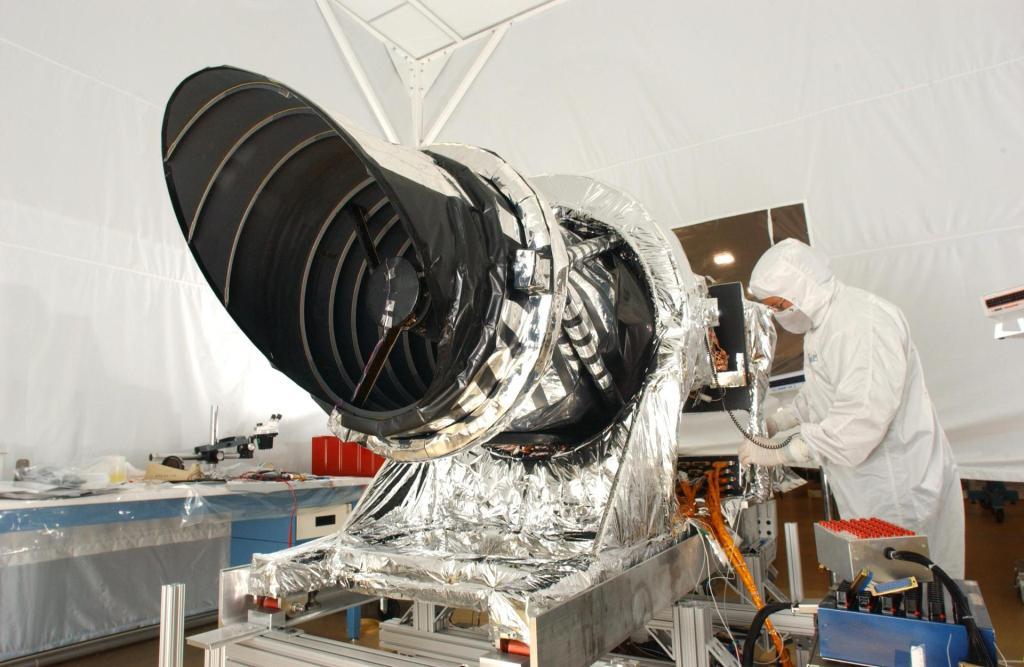
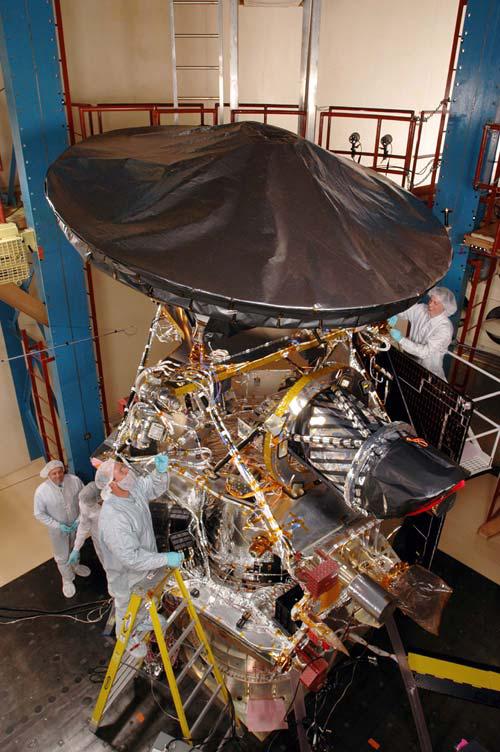
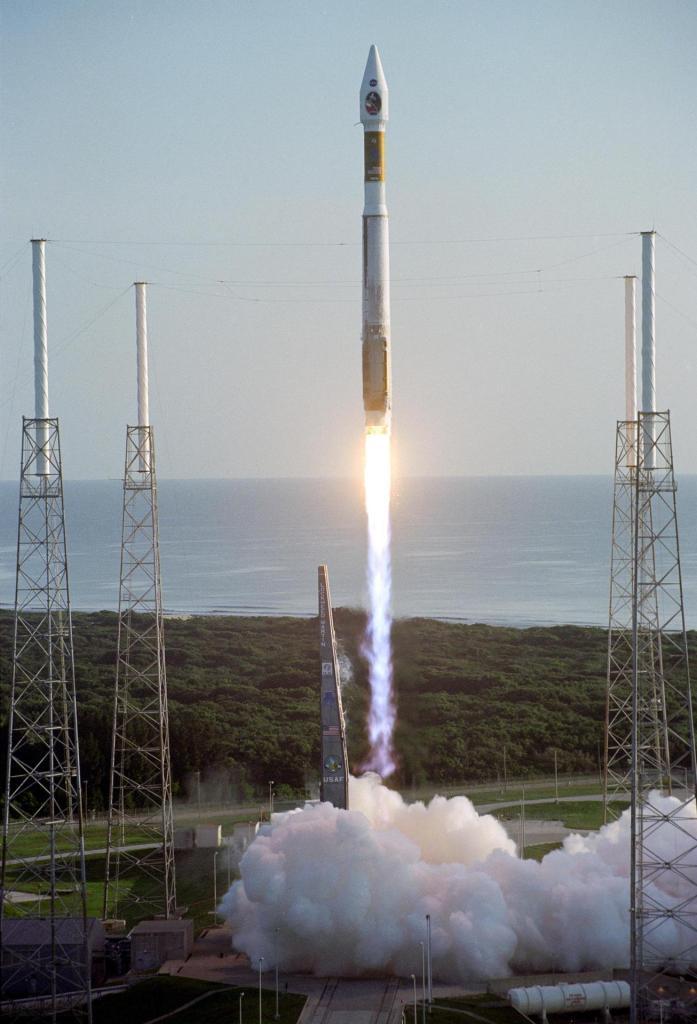
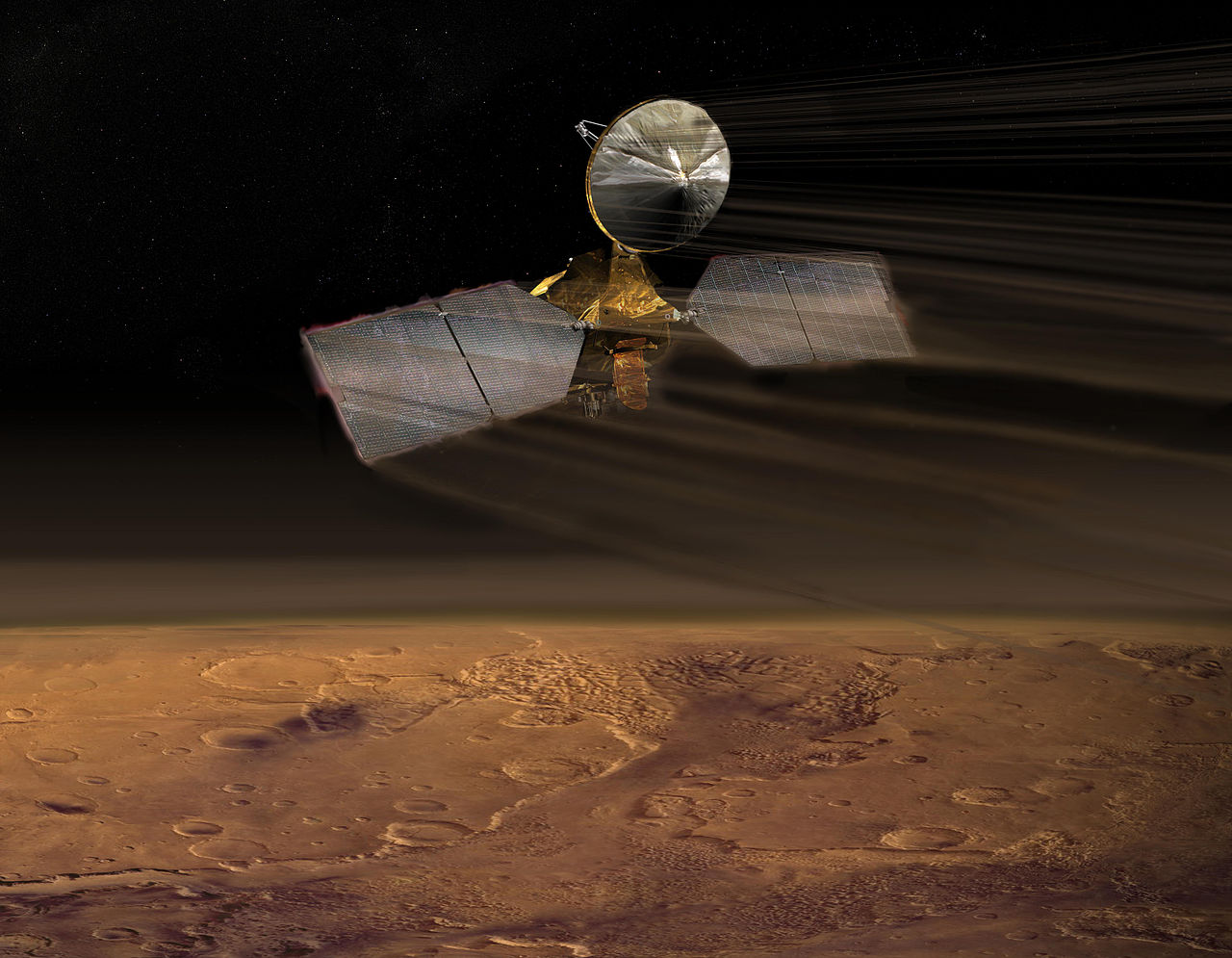
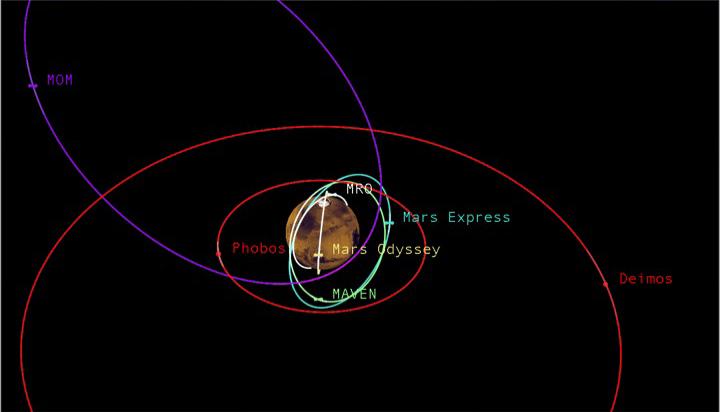
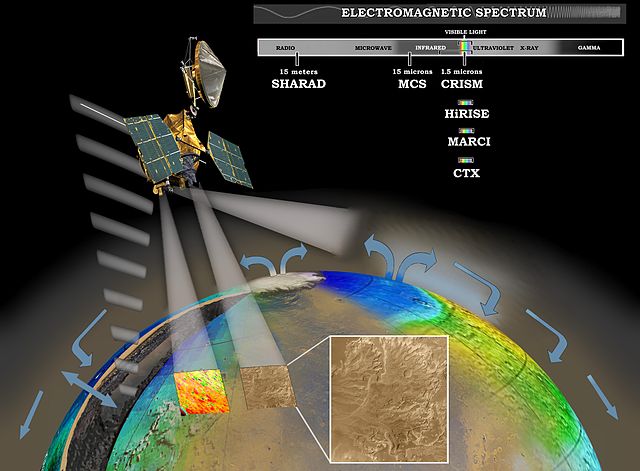
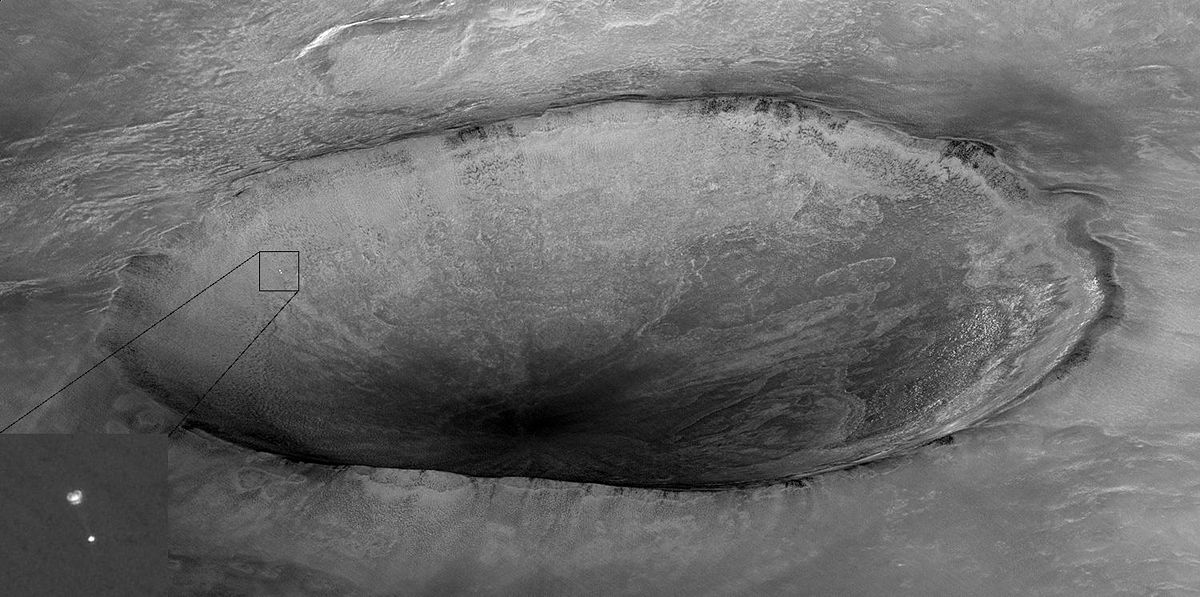
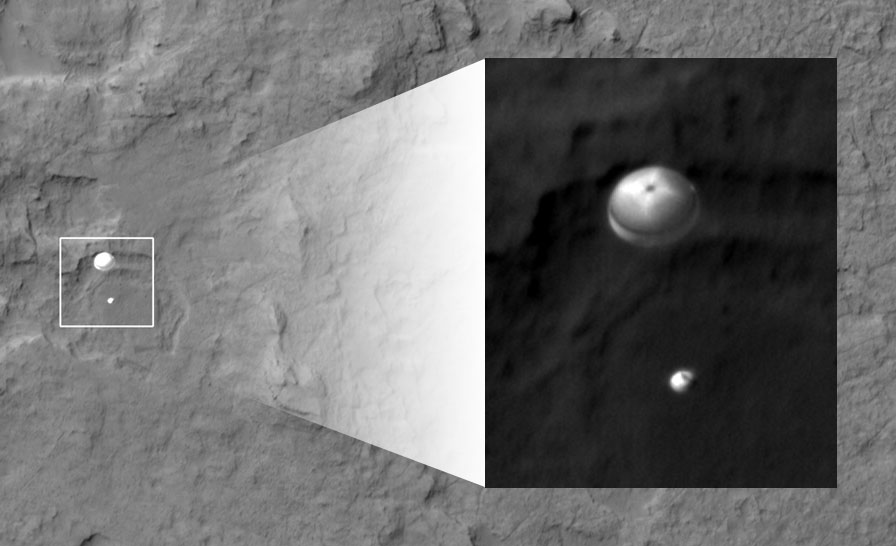
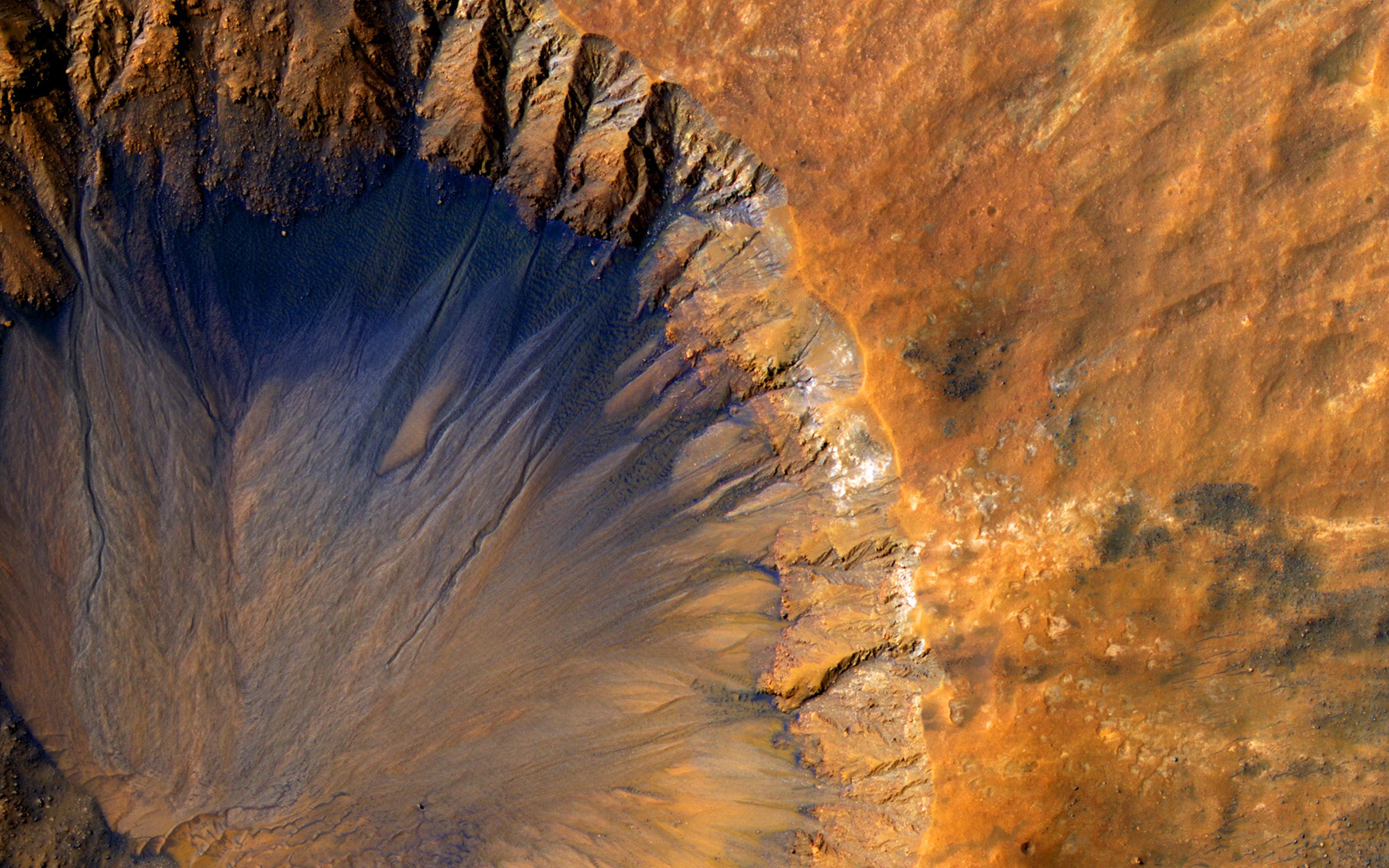
MRO Solar Panels
HiRISE
MRO Spacecraft
Atlas V launch
MRO Aerobraking
Mars Orbiter Orbits
Instrumentation aboard MRO
Descent of Phoenix
Descent of Curiosity
Sirenum Fossae Crater

